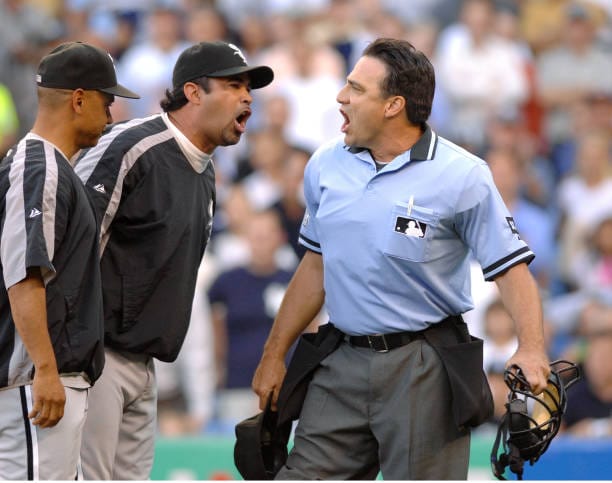MLB to Test Automated Ball-Strike System in Spring Training
MLB is testing the Automated Ball-Strike (ABS) system in Spring Training, bringing technology into officiating with "robot umpires." This system aims to enhance accuracy while preserving the human element through a limited challenge system. How will this impact the future of baseball?

Major League Baseball (MLB) is set to implement the Automated Ball-Strike (ABS) system during Spring Training, marking another step towards integrating technology into officiating. The ABS system, commonly referred to as "robot umpires," aims to enhance accuracy and consistency in calling balls and strikes.

Understanding the ABS Strike Zone
The system will use precise measurements to define the strike zone, ensuring uniformity across all games. Key components of the ABS strike zone include:
- Strike Zone Width: 17 inches, matching the width of home plate.
- Top and Bottom of the Zone: The strike zone extends from 27% of a player’s height to 53.5% of their height, creating a personalized yet standardized approach.
- Strike Zone Depth: Measured at 8.5 inches from front to back, capturing pitches as they cross the plate.
How the Challenge System Works
To maintain a balance between automation and the human element of the game, MLB is introducing a challenge system for ball-strike calls. The details include:
- Each team will start with two challenges per game.
- A challenge is only lost if the umpire’s original call is confirmed by the system.
- Only the batter, pitcher, or catcher can initiate a challenge by tipping their cap or helmet to signal the umpire.
- No additional challenges will be granted in extra innings.
- Hawk-Eye technology will be used to review challenged calls and provide real-time feedback.

Impact on the Game
The ABS system could significantly impact how games are played and officiated. The technology aims to reduce human error, providing a more consistent strike zone for all players. However, purists may argue that the human element of umpiring is an essential part of baseball’s charm. The challenge system offers a middle ground, allowing teams to contest questionable calls while preserving the role of umpires.
What’s Next?
Spring Training will serve as a testing ground for the ABS system, and its success or failure could determine whether it sees wider implementation in the regular season or postseason play. If the system proves effective, MLB could further expand its usage, potentially altering the way balls and strikes are called for years to come.

As the league continues to modernize, the integration of technology like ABS reflects a broader trend of balancing tradition with innovation. Whether fans embrace or reject the changes remains to be seen, but one thing is certain—MLB is taking a big swing at improving accuracy in the game.